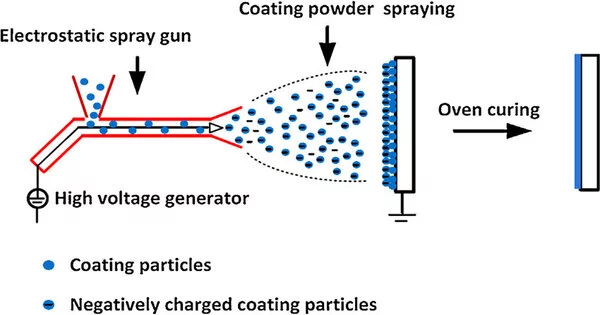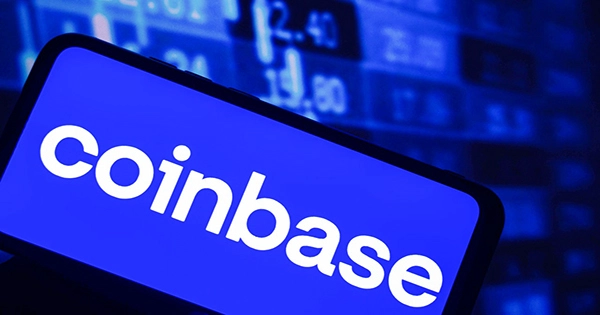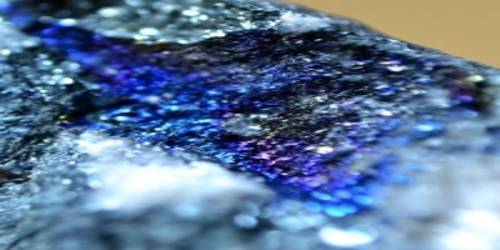Electrostatic coating is a manufacturing process that uses charged particles to paint a workpiece more efficiently. Paint, in the form of powdered particles or atomized liquid, is initially sprayed at a conductive workpiece, and is then accelerated toward the workpiece by a powerful electrostatic charge.
Electrostatic coating, also known as electrostatic painting or powder coating, is a method of applying a protective or decorative coating to a surface using an electrostatic charge. It is commonly used in various industries such as automotive, aerospace, electronics, and furniture manufacturing.
The process of electrostatic coating involves the following steps:
- Surface Preparation: The surface to be coated is cleaned thoroughly to remove any dirt, oil, rust, or previous coatings. This step ensures good adhesion of the coating and enhances the overall quality of the finish.
- Coating Material: Depending on the application and desired finish, different types of coating materials can be used. These may include liquid paints, powders, or specialized coatings designed for specific purposes.
- Electrostatic Charge: In this step, an electrostatic charge is applied to the coating material. The material is either negatively or positively charged using an electrostatic spray gun or applicator.
- Spray Application: The charged coating material is sprayed onto the surface using the electrostatic spray gun. Due to the electrostatic charge, the coating particles are attracted to the grounded surface, creating an even and uniform coating.
- Wrapping Effect: The charged particles of the coating material have a natural tendency to wrap around the edges and sides of the object being coated, ensuring a complete and consistent coverage even on complex shapes.
Dipping electrically conductive parts into a tank of paint that has been electrostatically charged is an addition to the electrostatic coating (or e-coating) process. The paint coating is formed by the ionic bond of the paint to the metal, and its thickness is directly proportional to the length of time the parts are left in the tank and the time the charge remains active. Once the parts are removed from the paint tank, they are rinsed off to remove any residual paint that is not ionically bonded, leaving a thin film of electrostatically bonded paint on the surface of the part.
The benefits of electrostatic coating include:
- Efficiency: Electrostatic coating allows for high transfer efficiency, minimizing waste and reducing the amount of coating material needed.
- Uniform Coating: The electrostatic charge ensures that the coating material is evenly distributed and adheres to the surface, resulting in a smooth and consistent finish.
- Durability: Electrostatically coated surfaces tend to have excellent adhesion and resistance to chipping, peeling, and corrosion, providing long-lasting protection.
- Environmental Friendliness: Powder coating, a type of electrostatic coating, is known for its environmentally friendly attributes. It produces little to no volatile organic compounds (VOCs) and can be reclaimed and reused, reducing waste.
- Versatility: Electrostatic coating can be applied to a wide range of materials, including metals, plastics, wood, and composites, making it a versatile coating method.
It’s important to note that specific equipment and techniques may vary depending on the coating material, application requirements, and the equipment used. It’s always recommended to follow the manufacturer’s guidelines and best practices when performing electrostatic coating.
















